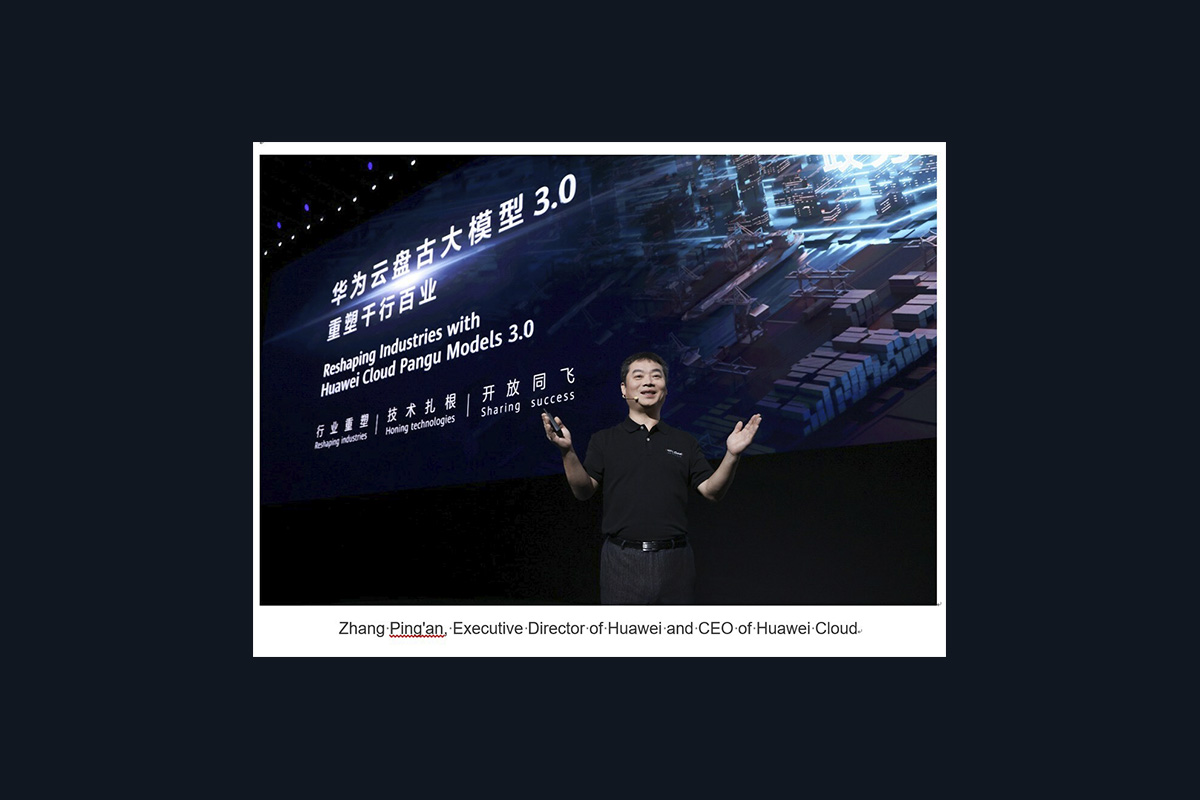124 submissions from public and private organisations throughout Southeast Asia were received for the annual ASEAN Innovation Business Platform (AIBP) Enterprise Innovation Awards – out of which 47 projects were selected as finalists. Since 2017, the awards aim to give recognition to Southeast Asian based organisations which have embarked on projects to digitally transform their business through the adoption of innovative technology.
Unsurprisingly, almost a third of the submissions involve some aspect of artificial intelligence (AI) or machine learning (ML). Many organisations in Southeast Asia, especially consumer facing businesses, have been exploring the use of AI/ML and the recent rise of generative AI has opened up a range of questions around the utility of this technology.
Metro Pacific Investment Corporation and Megaworld Corporation emerged as the winners from the Philippines and received their awards at the AIBP Conference and Exhibition, held on 11 – 12 July 2023, at the Manila Marriott.
Endorsed and supported by the Department of Information and Communications Technology (DICT), Department of Science and Technology (DOST) and Department of Trade and Industry (DTI), the event spotlighted advancements in the Philippines’ digital landscape while addressing the challenges faced by local enterprises and public service organisations in adopting digital transformation.
Megaworld Corporation’s winning project showcased their Accident Detection Software, a remarkable application of Artificial Intelligence (AI) in predicting and detecting vehicular accidents within their townships. Leveraging computer vision models trained using AI, the software promptly generates alerts on the computer base station as soon as a collision is detected. This enables operators to initiate immediate emergency responses, thereby reducing traffic congestion and inconvenience to motorists. Initially developed based on insights gathered from Southwoods City, the software has been further enhanced for deployment across Megaworld townships nationwide. Megaworld’s Township Analytics and Technology (TAT) Laboratory spearheaded the software’s creation and continues to explore other technological innovations, including weather analytics and monitoring capabilities. The implementation of the software resulted in an impressive 87% drop in vehicular accidents from 2021 to 2022 in Southwoods City, establishing a safer township environment. Ongoing analysis of accidents will identify further opportunities for improvement, ensuring the townships remain safe and secure for all. Megaworld Corporation, founded in 1989, is a real estate company listed on the Philippines Stock Exchange, boasting a market capitalization exceeding US$ 1.1 billion (PHP 62 billion).
The winning project from Metro Pacific Investments Corporation (MPIC) exemplified the organisation’s commitment to addressing the lack of access to basic healthcare in the Philippines. The country currently faces a concerning situation where 6 out of 10 people die without ever seeing a doctor due to a shortage of healthcare facilities and personnel, particularly in rural areas. MPIC tackled this issue head-on through mWell, the first fully integrated digital health and wellness platform in the Philippines. mWell provides 24/7 access to over 800 family doctors, specialists, and mind health experts, in addition to offering wellness programs, home care, and emergency services. The platform has already reached over 1.5 million Filipinos locally and globally, combining personal app usage and mWell OnTheGo, a portable mobile digital clinic. Each mWell OTheGo bag contains solar panels, a power station, and Smart pocket wifi, tablet/mobile phone preloaded with the mWell PH app with a health pass for consultation. This initiative enables individuals without smartphones to consult with doctors, empowering Local Government Units to deliver better healthcare to their constituents by adopting a fully digital approach. mWell is a fully-owned subsidiary of Metro Pacific Investments Corporation (MPIC), a leading infrastructure holding company with diverse assets held through various operating companies. MPIC, listed on the Philippines Stock Exchange with a market capitalization exceeding US$ 2.5 billion (PHP 142 billion), employs over 17,955 people.
“At the core of every successful innovation is a focus on creating solutions for others, rather than designing programs without purpose. By prioritising impacts and outcomes, enterprises can blur the boundaries between innovation and digital transformation. This approach as evidently shown by our finalists ensures that ideas transform into tangible solutions for real-world problems.”
Undersecretary Jocelle Batapa-Sigue, Department of Information and Communications Technology, A Judge for the awards
Metro Pacific Investment Corporation and Megaworld Corporation join other winners from the region which include, IOI, PETRONAS, Vietnam Prosperity Joint Stock Commercial Bank, Vietnam Posts and Telecommunications Group, Sampoerna, Bank Mandiri, Kasikorn Business Technology Group and PTT Global Chemical Public Company.











